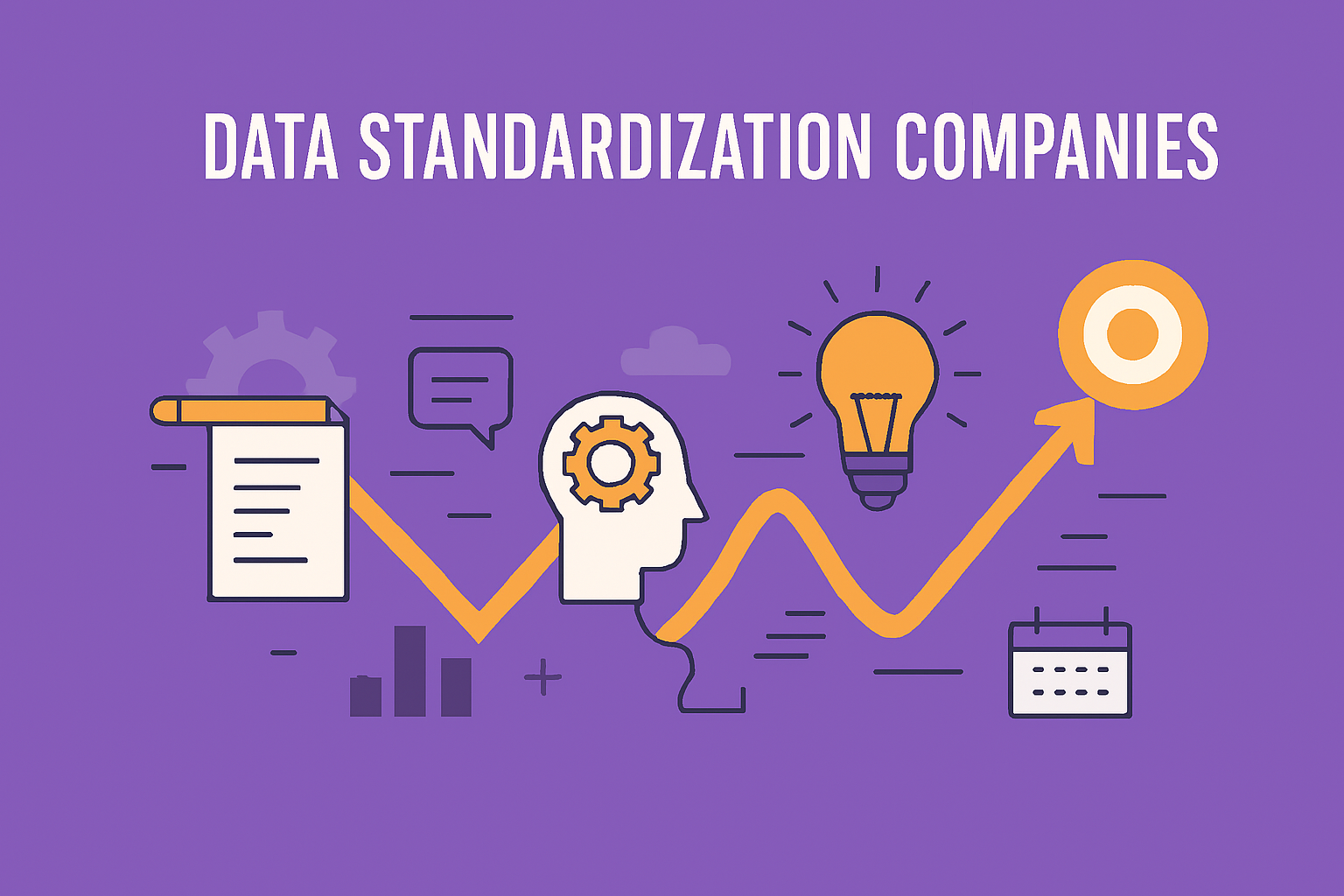High-quality training data is the backbone of effective AI. It drives accuracy, fairness, and reliability while reducing bias, errors, and costs. Models are only as good as the data they learn from, making structured, diverse, and well-annotated datasets essential for trustworthy and high-performing AI systems.

In AI, data isn’t just the fuel. It’s the engine. Whether you’re building models for facial recognition, language translation, or predictive analytics, the truth is simple: your AI is only as good as the training data behind it. That’s why choosing AI data services that prioritize accuracy, balance, and clarity can make or break your model’s performance.
While developers often obsess over neural networks and architecture tweaks, the real leverage point is the data itself. Models trained on messy, biased, or incomplete data don’t just underperform they misfire.
Why Training Data Quality Matters More Than Ever
In AI, there's a popular saying: "Garbage in, garbage out." If your model learns from noisy, incomplete, or biased data, it will mirror those flaws in its output. With today’s rapidly evolving machine learning ecosystems from deep learning models in vision and NLP to reinforcement learning in robotics quality training data is not just a requirement, it's a make-or-break factor.
Key reasons why training data quality is critical:
· Model Accuracy: Clean, well-labeled, and diverse datasets result in higher predictive performance.
· Generalization Ability: High-quality data helps models perform well not just on training data but on unseen, real-world inputs.
· Ethical Outcomes: Reducing bias and ensuring fairness starts with data not just with algorithms.
· Business Reliability: Trustworthy AI outputs stem from dependable training inputs, which reduces risk and improves ROI.
The Role of Training Data in Model Development
Every machine learning model learns patterns from examples. Those examples your training data need to be right. If they’re mislabeled, biased, or incomplete, your model will embed those problems into its decision-making.
You can have the best model architecture in the world, but if it’s trained on bad data, it will fail. Tools like GPT or BERT won’t fix flawed inputs. That’s where high-quality data, supported by data annotation services, plays a crucial role.
The Characteristics of High-Quality AI Training Data
So what exactly qualifies as “high-quality” training data?
Here are the top characteristics:
· Accuracy – Labels need to be correct and match reality, especially for supervised learning. If they're wrong, the model learns the wrong thing.
· Completeness – Missing data or incomplete labels limit what the model can learn, weakening performance.
· Consistency – Labels and formats must be applied uniformly. Inconsistencies confuse the model and hurt reliability.
· Relevance – The data has to be tied to the problem. Off-topic or unrelated examples just introduce noise.
· Diversity – Your dataset should reflect a range of real-world scenarios: different languages, locations, demographics, and more.
· Balance – No single class or category should dominate. Otherwise, the model becomes biased and performs poorly on underrepresented cases.
· Cleanliness – Data must be free from duplicates, errors, and corruption. Dirty data drags down everything else.
Business and Operational Advantages of Quality Training Data
From a strategic perspective, companies that prioritize quality training data enjoy significant advantages:
Competitive Edge
Organizations with cleaner datasets can fine-tune models faster, get to market sooner, and outperform competitors using less reliable data.
Reduced Development Cost
Well-structured data reduces the need for repeated training, hyperparameter tuning, and debugging. That means faster iterations and lower compute costs.
Enhanced Model Trustworthiness
Quality data leads to lower error rates and more explainable AI systems, which is essential in high-risk domains like healthcare, finance, and legal tech.
Better Compliance and Auditability
With increasing AI regulations (e.g., EU AI Act), high-quality, traceable training data is becoming a legal necessity.
Risks of Low-Quality Data: The Hidden Dangers
Let’s consider what happens when training data quality is neglected:
· Bias Amplification: Poor demographic representation can lead to racial or gender bias, especially in facial recognition or hiring models.
· Security Risks: Bad data opens up the model to adversarial attacks, where small manipulations can fool the system.
· Financial Loss: A failed AI deployment due to poor training data can cost millions in rework and brand damage.
· Poor User Experience: AI models embedded in apps or services (like chatbots or recommendation systems) quickly lose user trust if their output is inaccurate or irrelevant.
Data Quality Is a Long-Term Investment
Many AI practitioners focus solely on model tuning, unaware that data is the real bottleneck. Transitioning to a data-centric AI approach a term popularized by Andrew Ng shifts the focus from chasing model improvements to refining training data itself.
Key pillars of data-centric AI:
· Systematic data labeling and QA pipelines
· Continuous data augmentation and validation
· Annotator training and performance audits
· Version control for dataset updates
The Road Ahead: Why This Matters Now More Than Ever
As AI scales into every industry from e-commerce to healthcare to autonomous systems the cost of getting it wrong grows. Regulators are now demanding transparency in data sourcing and bias reduction. Enterprises are realizing that data is not just a technical input, but a strategic asset.
With the rise of foundation models and multi-modal learning, the demand for high-quality, well-annotated, and diverse data is skyrocketing. Companies that start investing in data pipelines today are positioning themselves to lead tomorrow’s AI economy.
Final Thoughts
Great AI starts with great data. It’s not flashy. It’s not hype. But it’s what makes the difference between a model that guesses and one that knows. From lower costs to stronger trust, from fewer bugs to real-world impact clean, high-quality data delivers.
If you're serious about performance, fairness, and long-term scalability, your training data can't be an afterthought. It needs structure, precision, and constant refinement. That’s where data cleansing services come into play removing noise, fixing inconsistencies, and keeping your AI pipeline on solid ground.




Write a comment ...